
In Japan, a simple "thank you" can sound very different depending on where you are—“Dandan” in Kyushu, “Okini” in Osaka, and “Arigatou” in Tokyo.
Just as Japan is rich in culture, it's equally diverse in dialects. While Standard Japanese is understood nationwide, each region has its own unique words, grammar, and pronunciation. Let’s take a look at the fascinating world of Japanese dialects from across the country!
Hokkaido: Land of the Dosanko

Starting from the north and working our way down, our first stop is Hokkaido, Japan’s northernmost prefecture. The word "Dosanko" appearing in the headline is actually the name of the Hokkaido Pony, one of Japan’s indigenous horse breeds.
It also refers to Hokkaido-born people. When you overhear someone say “I am Dosanko,” they’re not implying that they are a horse but rather someone from Hokkaido.
As Japan’s coldest prefecture, it’s only natural that Hokkaido dialect has a special word for extreme cold. Not the regular cold, which is "samui" in Standard Japanese, but the kind of chilling cold that you feel deep in your bones—this is when "samui" becomes "shibareru."
Another word you’re likely to come across in Hokkaido is "naichi," which in Standard Japanese refers to the entirety of Japan. However, in Hokkaido and Okinawa, people use it to refer to mainland Japan, sometimes only Honshu, or Honshu, Kyushu, and Shikoku combined.
Tohoku: Welcome to the North

The region of Tohoku is the northernmost part of Honshu, located between Kanto, where Tokyo is, and Hokkaido further to the north. It’s hard to speak of one singular Tohoku dialect, as there are many variations throughout the area, but they do share certain traits.
First and foremost, it is often considered the hardest dialect to understand, even for native Japanese speakers. It has a somewhat poor reputation for sounding slurred, as the pronunciation differs greatly from Standard Japanese, with many syllables being nasalized.
Speakers of the Tohoku dialect on TV are often given subtitles so other Japanese people can understand them. One key difference is that hard vowels, such as "ku" or "ta," are softened in Tohoku-ben, becoming "gu" and "da."
Another often-mentioned difference is the way common phrases like "sou desu" (that’s right) and "sou desu ka" (is that so?) are expressed. In Tohoku-ben, these phrases become "nda" for that’s right and "ndaga" for is that so.
Kanto: Metropolitan Standards
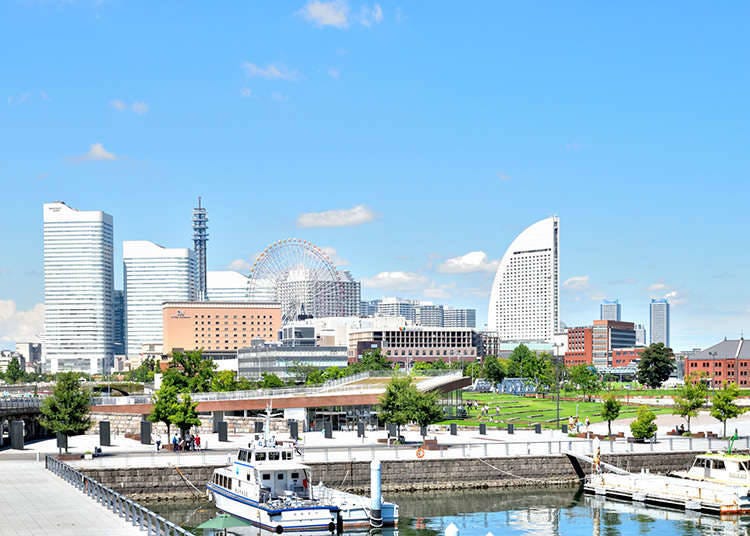
Kanto is the region that includes Tokyo and its surrounding prefectures. While you might find some slight traces of dialect in the rural parts of Kanto, the Japanese spoken by the vast majority of people here is Standard Japanese, or "hyojungo."
Hyojungo is considered the official form of Japanese, used in both official documents and textbooks. It is understood throughout all of Japan.
Shin-Etsu: The Roof of Japan
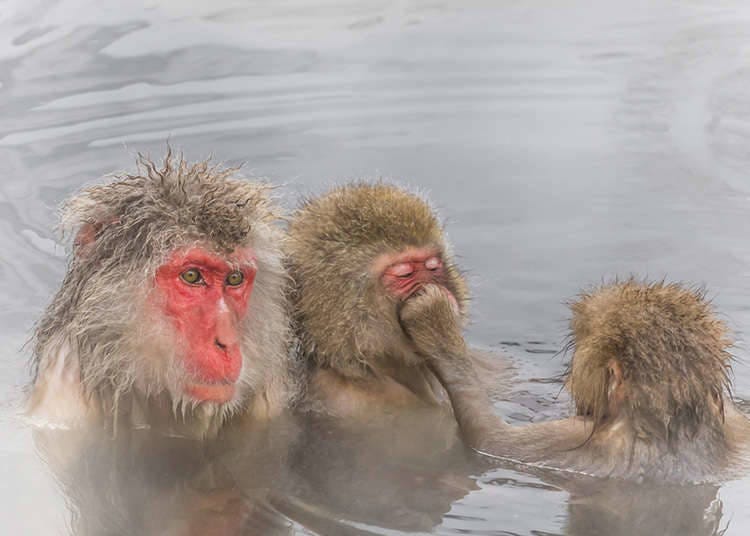
The Shin’etsu region encompasses the prefectures of Nagano and Niigata, often referred to as the roof of Japan. The most prominent dialect in this area is called the Nagaoka dialect, which closely resembles the Niigata dialect, though it varies slightly from town to town.
Some notable words include "shoshii," the Nagaoka version of Standard Japanese "hazukashii," meaning shy, and "yakkoi" for "yawarakai," meaning soft.
Another phrase you might encounter is "najira," which is the Nagaoka way of making a suggestion. In Standard Japanese, this would be "dou desu ka," as in “How is spaghetti for dinner?” In Shin’etsu, you’d ask, "Spaghetti, najira?"
Tokai: An Awful lot of Cats
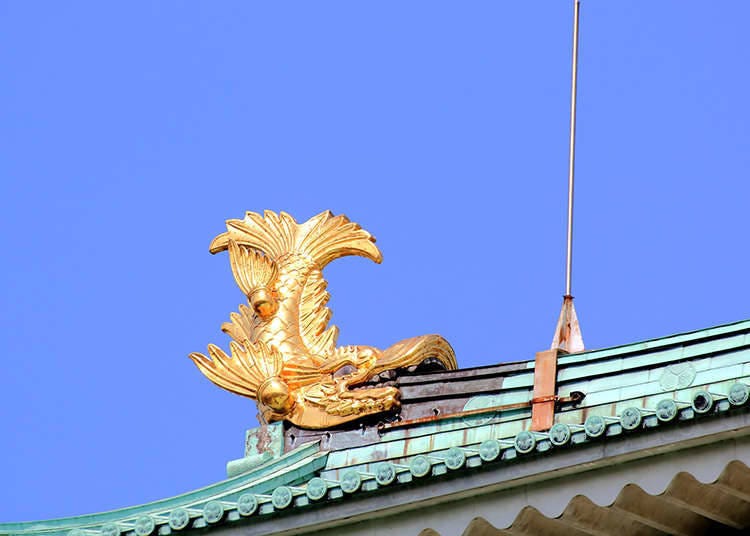
The Tokai region stretches south of Tokyo along the coast, with Nagoya being its largest city. The Nagoya dialect is the most representative of this part of Japan, though it’s not the only one spoken here.
Speakers of the Nagoya dialect are often humorously said to sound like a cat, as the syllable "myaa" frequently appears at the end of sentences. "Ja nyaa," the Nagoya version of "ja nai" (a form of negation), sounds very similar to "nya," the Japanese meow.
A unique word you won’t hear outside of this region is "yookee," pronounced with a long "o" and a long "e." It means "much" or "many" and can be applied to almost anything. For example, "yookee neko" means "a lot of cats," a thought one might have when visiting Nagoya.
Hokuriku: No Sand in TVs Here

Opposite Tokai lies the Hokuriku region, located on the west coast of Honshu, including Fukui, Ishikawa, and Toyama. This area is famous for its many traditional tourist spots, including numerous hot springs and castle ruins.
While the region has various dialects, one of the most prominent is the Fukui dialect. A common phrase, "sou desu," used in everyday conversation, is replaced in Fukui with "hoya hoya," often accompanied by a nod.
Another unique aspect of the Fukui dialect is its onomatopoeia for TV static. While Standard Japanese uses "suna arashi," meaning sandstorm, in Fukui, TVs make a "jami jami" sound instead.
Kansai: The Elegant and the Blunt

Kansai is famous for its cities of Osaka and Kyoto, with Osaka being the energetic, friendly, and frank metropolis known for business and delicious street food, while Kyoto is renowned for its traditional culture and elegance. Unsurprisingly, both cities have very distinctive dialects.
Kyoto dialect is considered the most polite and elegant of all the Kansai language variations. This is evident in certain phrases that reflect the politeness and indirectness attributed to the people of Japan’s old capital. For example, the question “How about some rice soup?” is actually a subtle way of asking guests to leave after a long stay.
A famous example of the Kyoto dialect is "dosu," the Kyoto-style version of "desu," meaning "to be." This old-fashioned speech can still be heard in Gion, the Geisha district of the city.
In contrast, Osaka is known for being much blunter than Kyoto. Osaka dialect, often synonymous with Kansai dialect, features a variety of unique expressions. One well-known example is "okini," Osaka’s way of saying thank you.
Chugoku: Rough Shell, Soft Core?

From the Izumo Grand Shrine to the Tottori Sand Dunes, Chugoku offers a multitude of amazing sightseeing attractions and is a popular destination for both Japanese and international tourists. Its largest city, Hiroshima, has its own distinct dialect, which can sound a bit intimidating to those unfamiliar with it.
One key feature of the Hiroshima dialect is the use of "ja," which replaces the Standard Japanese "da" commonly heard at the end of sentences. Similarly, the famous "jaken," meaning "because," is the equivalent of the standard "dakara."
Kyushu: A Multitude of Dialects

Kyushu, one of Japan’s main islands, boasts a wide variety of regional dialects. While it would be hard to cover them all in detail, here are some notable examples from different dialects throughout Kyushu.
A humorous example from the Saga dialect is how people reserve a seat, like in a theater. Instead of the Standard Japanese "totte iru," they say "tottotto." You might think twice before sitting down when you hear this.
One famous phrase from Fukuoka that has gained recognition throughout Japan is "nanbashi yotto?" Even native speakers may struggle to connect it to the Standard Japanese "nani o shite imasu ka," meaning “what are you doing?”
Another characteristic of the Hakata dialect, spoken in and around Fukuoka, is the shift from "da" to "ya." For instance, in Standard Japanese, "this is sushi" would be "sushi da," but in Fukuoka, it becomes "sushi ya"—which could also mean sushi restaurant.
Okinawa: the Ryukyu Kingdom
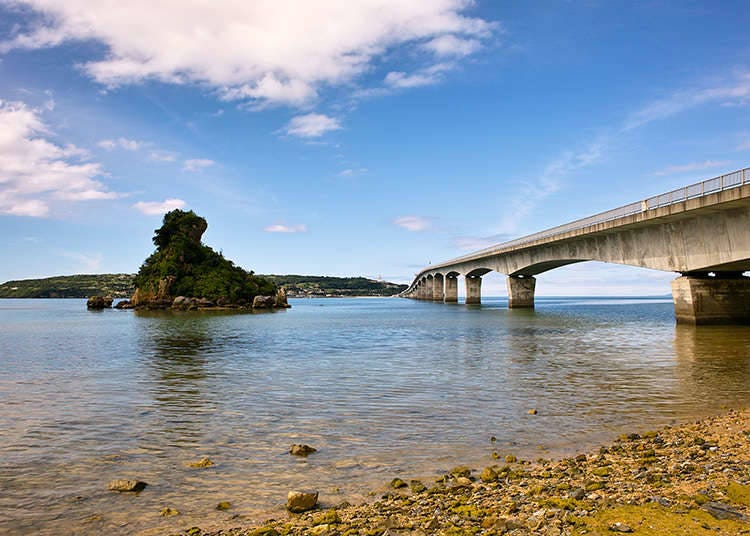
For a long time, Okinawa wasn’t part of Japan but was instead its own kingdom: the Ryukyu Kingdom. As a result, the Okinawa dialect is actually its own language, and much of it is still spoken in daily conversations.
While it would be impossible to cover the entire language, here are a few key phrases. "Mensore" is used to welcome people into a store, replacing the usual "irasshaimase." Instead of saying "kanpai!" when sharing a drink, people in Okinawa say "karii."
Another important phrase to know is "I love you." In Standard Japanese, it’s the well-known "ai shitte iru," but in Okinawan, it’s "shichuusaa."
- Category
*Prices and options mentioned are subject to change.
*Unless stated otherwise, all prices include tax.
Popular Tours & Activitiess
Recommended places for you
-
Goods
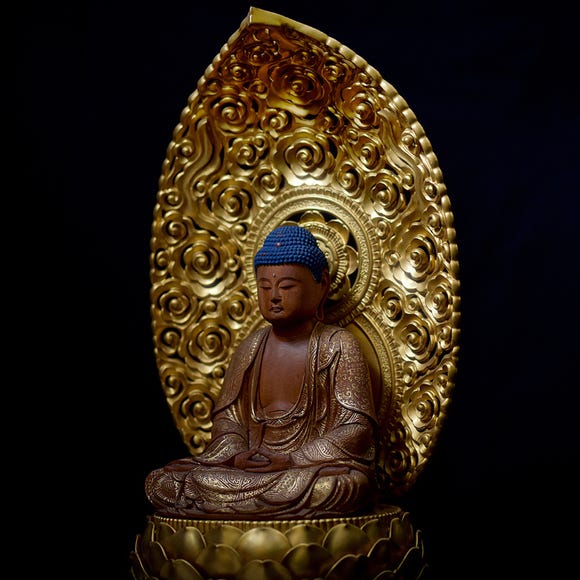
Yoshida Gennojo-Roho Kyoto Buddhist Altars
Gift Shops
Nijo Castle, Kyoto Imperial Palace
-

ISHIDAYA Hanare
Yakiniku
Kobe, Sannomiya, Kitano
-

Kambei Sannomiyahonten
Yakiniku
Kobe, Sannomiya, Kitano
-

Jukuseiniku-to Namamottsuarera Nikubaru Italian Nikutaria Sannomiya
Izakaya
Kobe, Sannomiya, Kitano
-

Kanzenkoshitsuyakinikutabehodai Gyugyu Paradise Sannomiya
Yakiniku
Kobe, Sannomiya, Kitano
-
Appealing

Rukku and Uohei
Izakaya
Sapporo / Chitose
-

This Winter, Godzilla Takes Over Haneda Airport
by: Guest Contributor
-

New in Ginza! Air BicCamera Ginza Opens with a Faster, More Convenient Shopping Experience
by: Guest Contributor
-

First Japan Cherry Blossom 2026 Forecast Announced! Here's When & Where to See Sakura in Japan
-

How to Get Don Quijote's Exclusive 2025-2026 Winter Gift (+Tax-Free Savings)
-
Ad

Discover the "Miraculous Forest" in the Heart of Tokyo: The Institute for Nature Study (9 Minutes from JR Meguro Station)
-

Strawberries, Style, and Tokyo’s Coolest Neighborhood: Winter Afternoon Tea in Kichijoji
by: Guest Contributor
-

Legacy of Tradition: Discover 5 of Nihonbashi's Oldest Shops with Over 100 Years of History
-

5 Must-Visit Nara Temples and Shrines: Discover the Timeless Beauty of Japan's Ancient Capital
by: WESTPLAN
-

So You Think Your Commute Is Tough? Check Out Japan's Top 10 Most Crowded Commuter Trains!
-

Osaka Koreatown: In Search of the Best Eats in the Korean Roots of Osaka's Tsuruhashi Market
-

5 Popular Things to do in Umeda - Osaka's Central Area!
by: WESTPLAN
-

Western Students Reveal 10 Shocking and Surprising Things about Japan!
- #best sushi japan
- #what to do in odaiba
- #what to bring to japan
- #new years in tokyo
- #best ramen japan
- #what to buy in ameyoko
- #japanese nail trends
- #things to do japan
- #onsen tattoo friendly tokyo
- #daiso
- #best coffee japan
- #best japanese soft drinks
- #best yakiniku japan
- #japanese fashion culture
- #japanese convenience store snacks

















